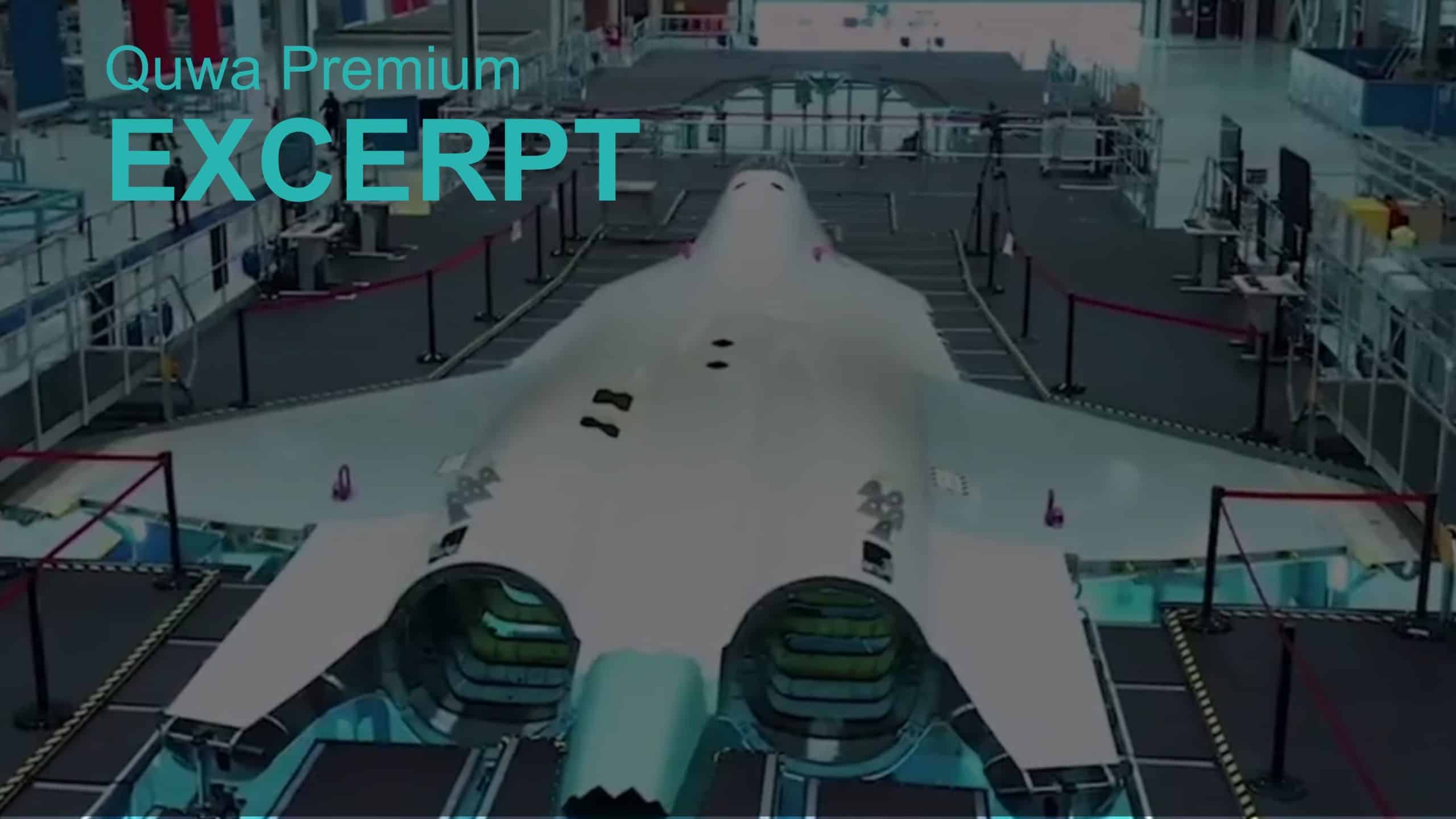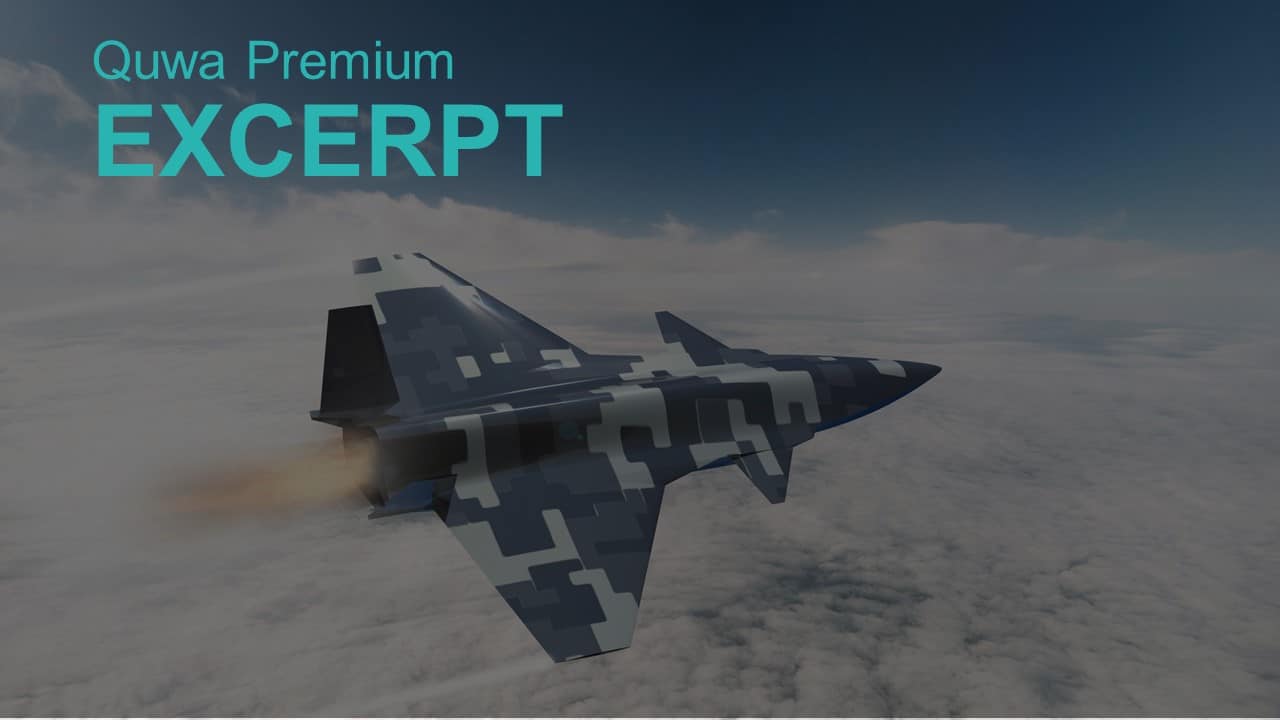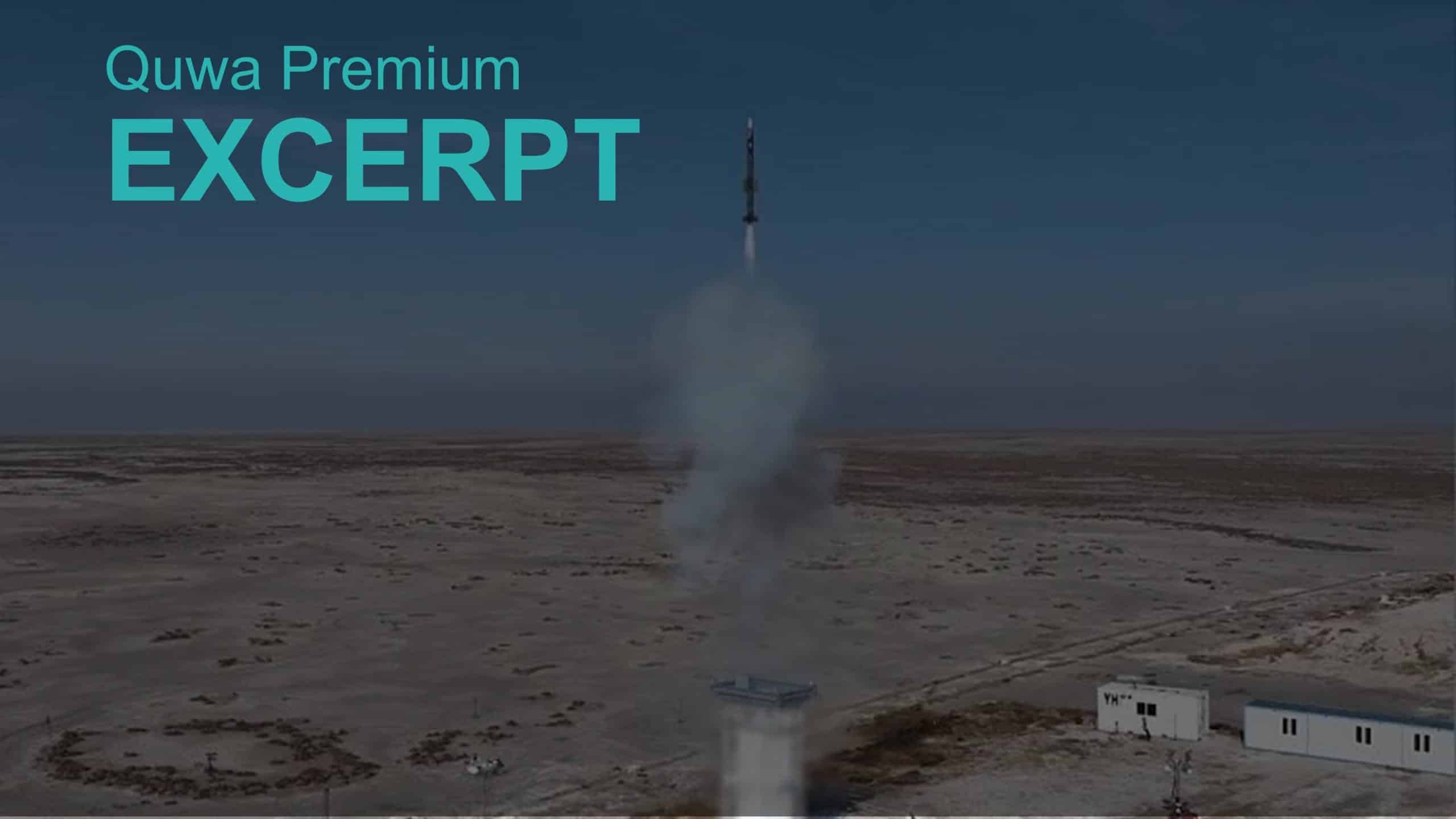40Views

Turkey Reveals Prototype of its MMU/TFX Next-Gen Fighter
In November, Turkish Aerospace Industries (TAI) revealed the first prototype of its next-generation fighter (NGFA), the MMU (Milli Muharip Ucak). The unit is currently undergoing final assembly as TAI’s production facility. TAI is working to complete the prototype by 2023 and, in turn, fly the aircraft by 2026.
Turkey began planning for a homegrown NGFA in 2010 with the aim of gradually replacing its workhorse multirole fighter, the F-16C/D. Turkey had called on several OEMs for assistance in developing the fighter, and it got responses from Sweden’s Saab and Britain’s BAE Systems.
In 2017, TAI signed an agreement with BAE Systems. Under the £100 million-plus deal, the latter provided design and development assistance to TAI. However, this was a transactional agreement with BAE selling services to TAI. Ultimately, Turkey was aiming to indigenize the TFX’s critical inputs and, following its exit from the F-35 Lightning II program, build a turnkey industry for the TFX domestically…
Another major aspect of the MMU is Turkey’s ongoing push to invite other countries, such as Pakistan, to collaborate in the program. Turkey’s probable motivations for inviting foreign partners likely centered on driving economies-of-scale and, potentially, driving cost savings by pooling resources.
However, for some countries – notably Pakistan – the MMU’s reliance on ITAR inputs (like the engine) was a major barrier to entering the program. This was understandable given the turbulent nature of Pakistan’s ties with the United States, which has shown a willingness to block third-party transfers of engines.
But with Turkey actively moving to develop largely – if not completely – indigenous MMU, this perception (of ITAR risk) may change. In fact, the wider Turkish aerospace industry is starting to make major inroads in Pakistan, especially in the area of drones. Thus, as the Turkish industry demonstrates more control over the TFX/MMU’s critical inputs, it could start attracting partners.
Turkey’s defence industry – across both state-owned and private-sector players – is making progress on the major core inputs of the TFX/MMU, such as:
Indigenous Turbofan Engines
TAI will power the first MMU prototype(s) with the General Electric (GE) F110 turbofan engine. This is the same powerplant used onboard the Turkish Air Force’s F-16s. In fact, the Turkish defence industry built a significant level of infrastructure to support and, to some extent, even produce the F110. Thus, extending its use to the MMU made sense from an economical standpoint as it re-leverages an existing overhead.
However, Turkey is working to equip the MMU with indigenously developed turbofan engines. The central player of these plans seems to be TR Motor, a branch of TAI (which had taken over the entity from BMC, a local private sector giant). TAI/TR Motor is trying to locally develop every critical piece of the turbofan engines, including the difficult components, such as the turbine and crystal blades…
End of excerpt. Subscribe to Quwa Premium to read the rest of this section.
Sensors and Avionics
Aselsan and Havelsan are taking the lead roles in developing the MMU’s radar, electro-optical (EO) sensor, human-machine interfaces (HMI), and onboard electronics countermeasures (ECM) systems…
End of excerpt. Subscribe to Quwa Premium to read the rest of this section.
Air-to-Air and Air-to-Surface Munitions
Turkey also has a growing roster of indigenously developed air-to-air missiles (AAM) and advanced air-to-surface munitions, like anti-ship cruising missiles (ASCM), air-launched cruise missiles (ALCM), stand-off weapons (SOW), and precision-guided bombs (PGB)…
End of excerpt. Subscribe to Quwa Premium to read the rest of this section.
The Growth of Aerospace Infrastructure for the MMU
The MMU will reportedly have upwards of 20,000 individual components. Not only that, but the General Manager of TAI, Dr. Temel Kotil, expects that as many as 6,000 engineers could be working on the project…
End of excerpt. Subscribe to Quwa Premium to read the rest of this section.
End of excerpt (563 / 1,115 words)
You can read the complete article by logging in (click here) or subscribing to Quwa Premium (click here).
For more Turkish defence news, check out:


